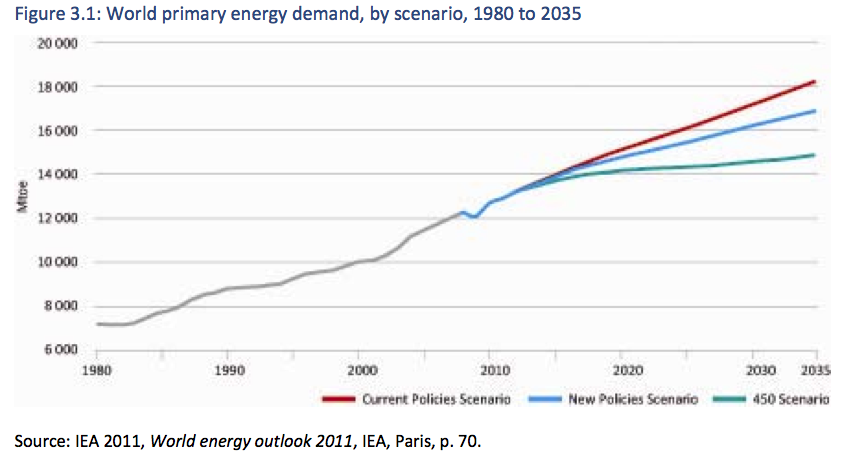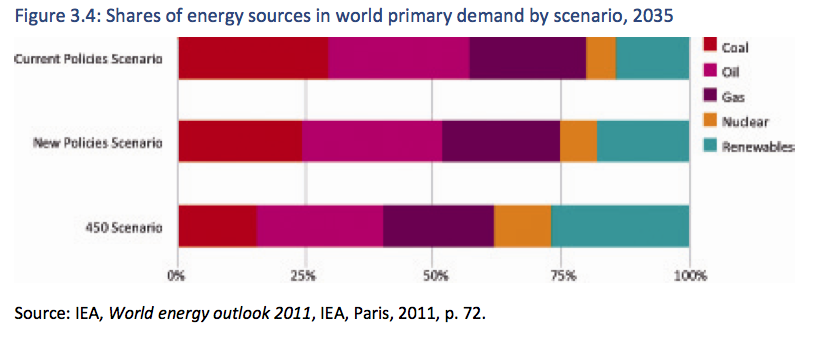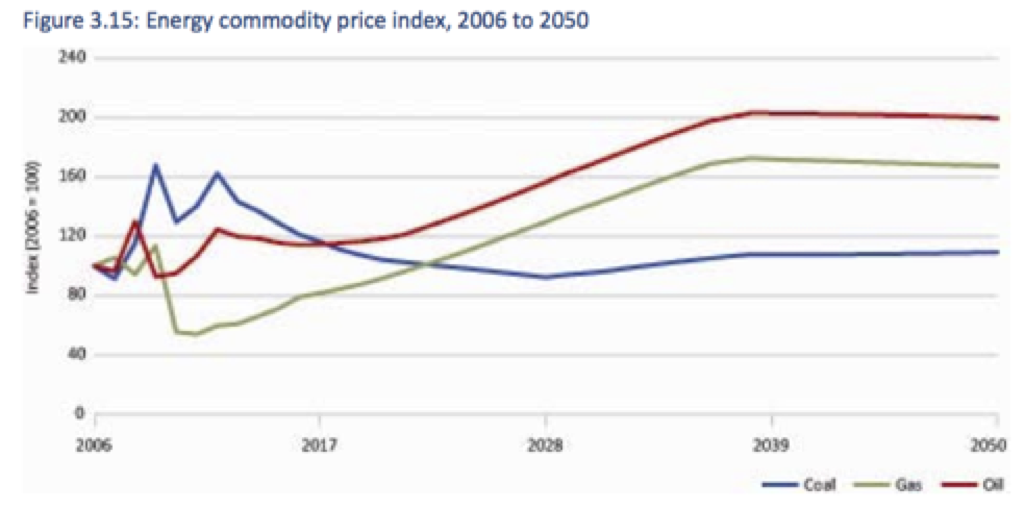It has been a big news week for the global energy sector, which just so happens to be particularly important for two resource rich countries whose fortunes are very closely aligned – Canada and Australia (should we introduce the term Canastralia?).
The first important news is Canada’s decision to withdraw from the Kyoto Protocol, unable to meet its 2012 emissions targets. In a rare moment of political honesty, Prime Minister Harper said “The writing on the wall for Kyoto has been recognised by even those countries which are engaging in a second commitment”.
Australia is involved in negotiating a second round emissions commitment in Durban. However, we weren’t always so chummy at these events. In Kyoto we bargained hard to have our emissions target softened, so rather than decrease emissions, our obligation was only to increase emissions by 8%. Then we chose not to ratify the agreement until Kevin Rudd made it an election promise in 2007. Now, although the government is promoting the fact we are on track to meet our soft target, many are skeptical that even that will occur, given the current scale of investment in energy generation and resource sectors.
An objective observer can only conclude that any international commitment to greenhouse gas emissions reductions will not get in the way of development of energy resources.
Which leads nicely into some other news this week. A Draft Energy White paper was released this week, taking a frank look at Australia’s energy sector and its future. It notes that the trend for global energy demand will be very sensitive to the strength of the commitment to greenhouse gas emissions reductions. Given the conflict between the economic interests of the major polluters and energy exporters, and the environmental aims of a binding global agreement, I don’t expect climate agreements to influence the growth in global energy demand. The growth trend of the BRICs (Brazil, Russia, India and China), and the pace of economic recovery in the US and Europe, will have a far greater impact on the future pattern of energy demand than any climate agreement.
The graph below shows the noticeable impact of the 2008 financial crisis on global energy demand, and some potential scenarios for energy growth.
For Australia, where there is currently massive investment in expanding coal and gas export capacity, the composition of energy use is an important consideration. I expect, from the below scenarios, to see a future more closely aligned with the current policies outcome.
The below forecast of the price paths for energy commodities, under a scenario with a moderate global climate agreement, shows that coal prices are most likely to be affected, while less greenhouse gas intense resources will see greater demand.
My expectation is that this scenario is unlikely, and the price divergence between coal, and oil and gas, will be less extreme in reality.
Other news locally is includes a deal that would see Chinese oil company Sinopec is increasing its stake in Queensland’s coal seam gas industry, through a $70billion deal with Origin Energy and ConocoPhillips, and a continued upswing in mineral and energy exploration statistics released by the ABS.
It is becoming more clear that Australia’s economic future will be more closely tied to global energy markets over the coming decades. Canada has been honest about their position and withdrawn from climate agreements. In Australia, we may just find that our conflicted position, of committing to a domestic emissions reductions scheme, while being economically dependent on energy exports to countries not bound by climate agreements, will come unstuck as there reality of the situation finally bites.
Tips, suggestions, comments and requests to [email protected] + follow me on Twitter @rumplestatskin


